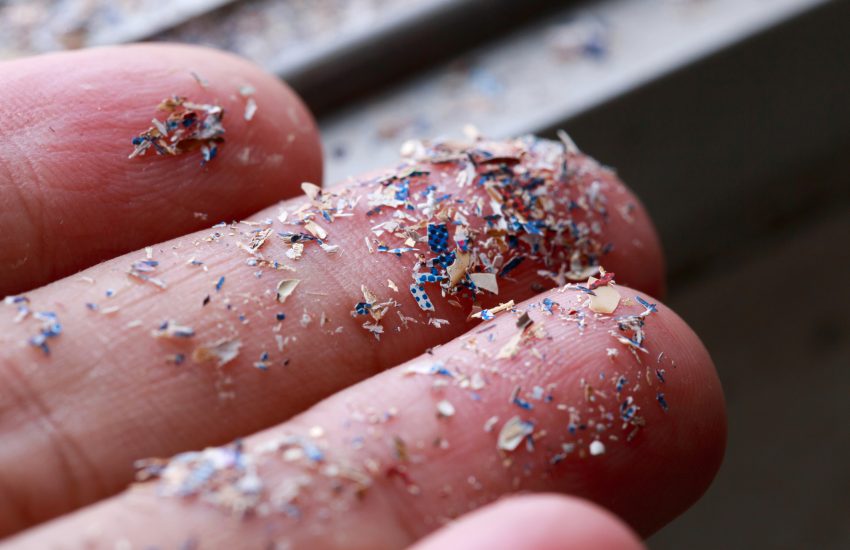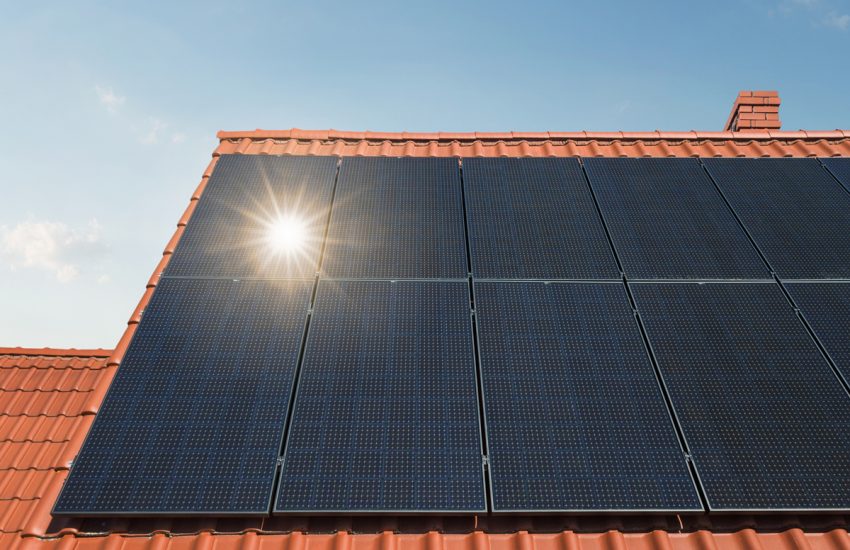This past Black Friday, while the rising cost of gas dominated the news and Americans began digging into their Thanksgiving leftovers, the U.S. Department of the Interior released a report concerning federal oil and gas leasing, prepared pursuant to Executive Order 14008. This order was signed by President Biden just days after he was inaugurated into office, placing a moratorium on federal oil and gas lease sales. Although the report does not recommend a total ban on oil and gas leasing on federal land, it …
Continue Reading









